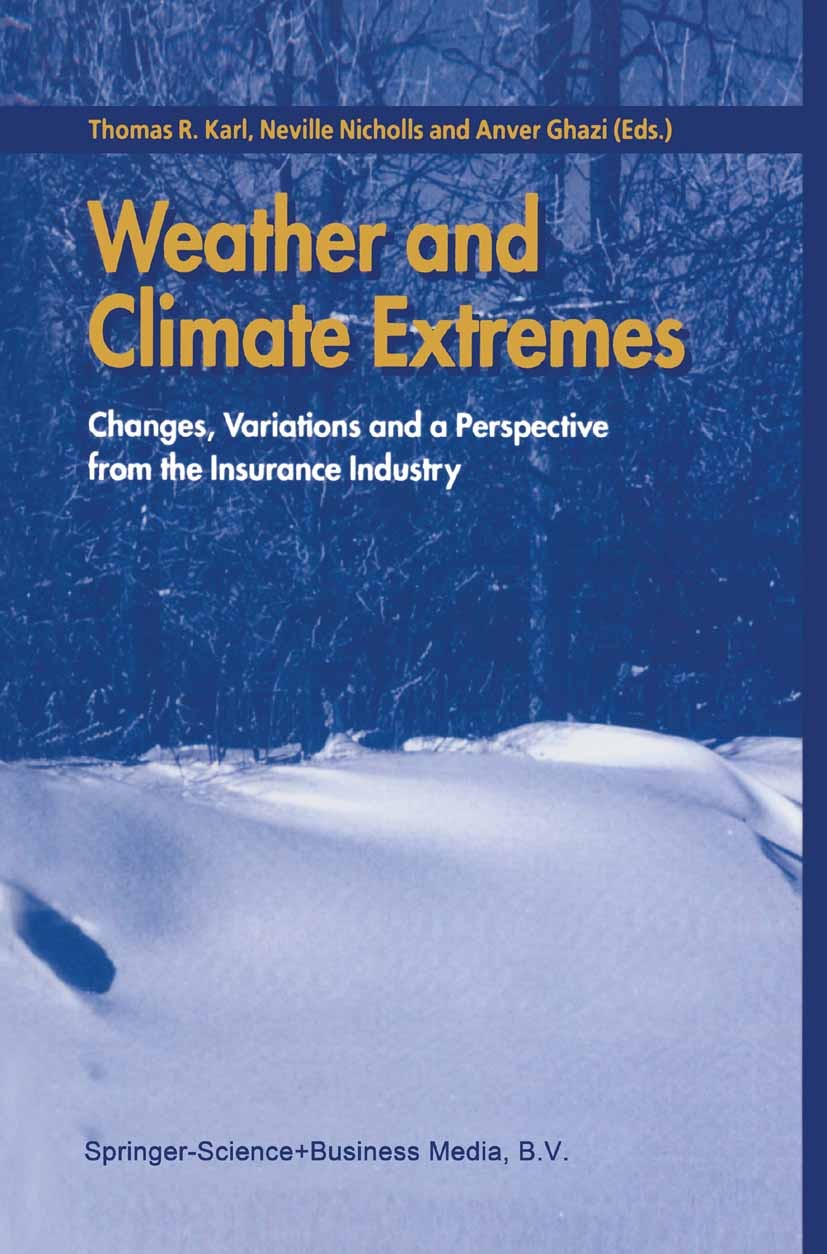The 2019–21 drought in southern Madagascar
IF 6.9
1区 地球科学
Q1 METEOROLOGY & ATMOSPHERIC SCIENCES
引用次数: 0
Abstract
Two consecutive failed rainy seasons in the southern part of Madagascar in 2019–21 had devastating impacts on the population, including an amplification of the ongoing food insecurity in the area. The drought events were second in severity only to the 1990–92 drought and were estimated in a previous study to have a return period of 135 years. In this study, the physical mechanisms that led to these consecutive drought events are investigated.
We found that the anomalously cold sea surface temperatures (SSTs) that persisted to the south of Madagascar between December 2019 and December 2020 led to a decrease in the transport of moist air over land. These cold SST anomalies were the most negative anomalies in the past four decades and intensified the rainfall deficit resulting from a negative Subtropical Indian Ocean Dipole (SIOD) mode during the rainy season of December 2019 to March 2020 and during December 2020. We also found that the rainfall response to the SST anomaly south of Madagascar was three times greater than that of a canonical SIOD.
A weak Mozambique Channel Trough and a strong Angola low system, on the other hand, modulated the expected above-normal rainfall from a La Niña event in January–February 2021. Our study demonstrates how local factors can modulate the impacts of large-scale drivers, and that both local and global drivers, and their interactions, should be considered when producing seasonal forecasts and advisories, as well as climate change adaptation and mitigation plans for southern Madagascar.
马达加斯加南部 2019-21 年旱灾
马达加斯加南部地区在 2019-21 年连续两个雨季歉收,对当地居民造成了破坏性影响,包括加剧了该地区当前的粮食不安全状况。这些干旱事件的严重程度仅次于 1990-92 年的干旱,据先前的一项研究估计,其重现期长达 135 年。本研究调查了导致这些连续干旱事件的物理机制。我们发现,2019 年 12 月至 2020 年 12 月期间,马达加斯加南部海面温度(SST)持续异常寒冷,导致陆地湿空气输送减少。这些低温海表温度异常是过去四十年来最负面的异常现象,加剧了 2019 年 12 月至 2020 年 3 月雨季期间和 2020 年 12 月期间亚热带印度洋偶极子(SIOD)负模式导致的降雨不足。我们还发现,马达加斯加以南的降雨量对 SST 异常的响应是典型 SIOD 响应的三倍。另一方面,弱莫桑比克海峡低槽和强安哥拉低气压系统调节了 2021 年 1 月至 2 月拉尼娜事件导致的预期超常降雨量。我们的研究表明,地方因素可以调节大规模驱动因素的影响,在制作马达加斯加南部的季节预报和建议以及气候变化适应和减缓计划时,应同时考虑地方和全球驱动因素及其相互作用。
本文章由计算机程序翻译,如有差异,请以英文原文为准。
求助全文
约1分钟内获得全文
求助全文
来源期刊

Weather and Climate Extremes
Earth and Planetary Sciences-Atmospheric Science
CiteScore
11.00
自引率
7.50%
发文量
102
审稿时长
33 weeks
期刊介绍:
Weather and Climate Extremes
Target Audience:
Academics
Decision makers
International development agencies
Non-governmental organizations (NGOs)
Civil society
Focus Areas:
Research in weather and climate extremes
Monitoring and early warning systems
Assessment of vulnerability and impacts
Developing and implementing intervention policies
Effective risk management and adaptation practices
Engagement of local communities in adopting coping strategies
Information and communication strategies tailored to local and regional needs and circumstances
 求助内容:
求助内容: 应助结果提醒方式:
应助结果提醒方式:


